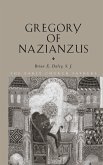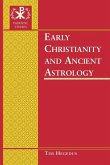This book argues that Romans credited certain living persons with the capacity to function as cult statues, that is, as images and vessels of the divine. After addressing the cultural context that produced the idea that humans can become images of the divine, the text shows how emperors, bishops, and others imitated the aesthetic, immobility, and material setting of statuary to establish themselves as iconic and how their role as mediators with the divine was eventually transferred to new categories of material objects, such as relics and icons. The figure of the iconic person thus is shown to have bridged the cult statues of Antiquity with the new mechanisms of interaction with the divine that Christians used for the following millennium. By integrating living persons in the art historical analysis of the spaces and advocating for the need to consider the animation of artefacts together with the reification of bodies, this study marks an important development in the study of thepast.
Bitte wählen Sie Ihr Anliegen aus.
Rechnungen
Retourenschein anfordern
Bestellstatus
Storno








